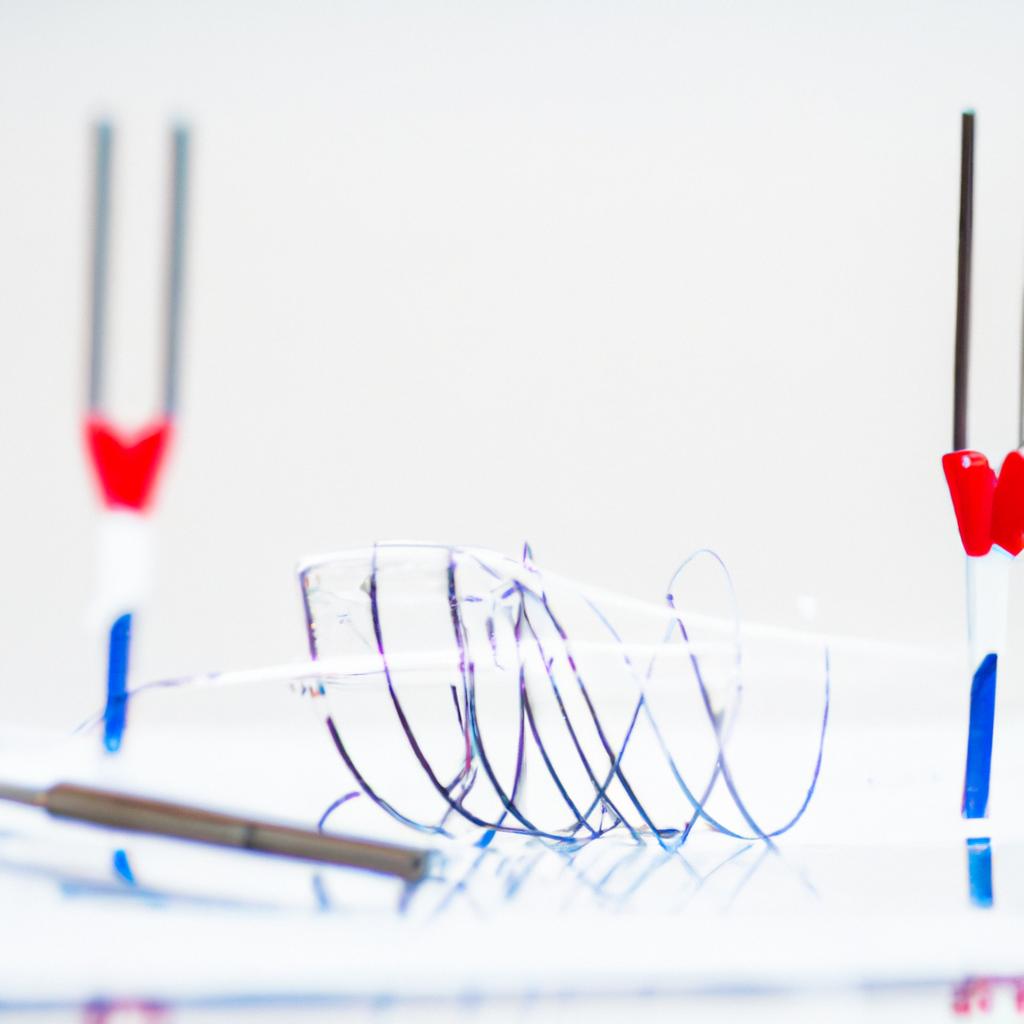The Role of EMG Sensors in Rehabilitation: Enhancing Muscle Recovery Post-Injury
The Role of EMG Sensors in Rehabilitation: Enhancing Muscle Recovery Post-Injury
Rehabilitation after an injury challenges patients. They often struggle to regain strength and mobility. Electromyography (EMG) sensors support this recovery process. These sensors measure muscle electrical activity. They provide insights that enhance muscle recovery. Let’s explore how EMG sensors aid rehabilitation.
Understanding EMG Sensors
EMG sensors detect electrical signals from muscles. They provide real-time feedback on muscle activation. Clinicians assess muscle function using this data. EMG sensors identify weaknesses and imbalances. This information allows tailored rehabilitation programs.
How EMG Works
EMG sensors consist of electrodes placed on the skin. These electrodes capture electrical impulses during muscle contractions. The sensors convert signals into visual data. Clinicians analyze this data to assess muscle performance. This process helps practitioners design effective rehabilitation strategies.
Applications in Rehabilitation
EMG sensors have various applications in rehabilitation. Physical therapists assess muscle recovery after injuries. Athletes use EMG data to improve performance and prevent injuries. These sensors help design personalized exercise programs. Monitoring muscle activity allows therapists to adapt exercises to individual needs.
Nutrition Tips for Muscle Recovery
Proper nutrition plays a vital role in recovery. A balanced diet aids healing and improves outcomes. Here are some nutrition tips to support muscle recovery.
Protein Intake
Protein is essential for muscle repair. Aim for a protein-rich diet after an injury. Include lean meats, fish, and legumes. These foods rebuild damaged muscle tissue. Consider protein supplements if you struggle to meet daily needs.
Hydration
Stay hydrated to support recovery. Water aids nutrient transport and muscle function. Drink plenty of fluids throughout the day. Consider electrolyte drinks after intense sessions. These drinks replenish lost minerals and support recovery.
Antioxidant-Rich Foods
Antioxidants fight inflammation and oxidative stress. Include antioxidant-rich fruits and vegetables in your diet. Berries, nuts, and leafy greens make excellent choices. These foods reduce muscle soreness and promote healing.
Exercise Advice for Muscle Recovery
Exercise is critical for rehabilitation. Well-designed exercise programs facilitate recovery. Here are some exercise tips to enhance rehabilitation.
Start Slow
Begin rehabilitation with low-intensity exercises. Gradually increase intensity as strength improves. This approach prevents further injuries. Always listen to your body and adjust accordingly.
Focus on Range of Motion
Incorporate exercises that improve range of motion. Stretching and mobility exercises enhance flexibility. These activities restore normal movement patterns. They also reduce the risk of stiffness during recovery.
Use EMG Feedback
Utilize EMG sensors during rehabilitation exercises. This feedback helps monitor muscle activation. Adjust exercises based on the data. For example, if a muscle shows low activation, focus on strengthening it. This targeted approach enhances recovery effectiveness.
Health Benefits of EMG Sensors in Rehabilitation
EMG sensors provide numerous health benefits during rehabilitation. They enhance recovery and improve patient outcomes. Here are key benefits.
Personalized Rehabilitation Programs
EMG data enables personalized rehabilitation programs. Clinicians tailor exercises based on individual muscle activity. This customization leads to effective recovery strategies. Patients experience improved outcomes and faster healing.
Enhanced Monitoring of Progress
EMG sensors allow continuous monitoring of muscle recovery. Clinicians track progress over time. This monitoring identifies areas needing improvement. Therapists can optimize recovery by adjusting rehabilitation programs.
Increased Patient Engagement
Using EMG sensors increases patient engagement in rehabilitation. Patients gain insights into their muscle activity. This information motivates adherence to exercise programs. Engaged patients often achieve better recovery outcomes.
Conclusion
Incorporating EMG sensors into rehabilitation programs enhances muscle recovery post-injury. These sensors provide valuable insights into muscle activity. They allow personalized exercise programs that meet individual needs. Alongside proper nutrition and exercise, EMG sensors facilitate effective recovery. As technology advances, we can expect greater benefits in rehabilitation. Embracing innovations leads to improved health and recovery outcomes for patients.
Below are related products to the topic if you’re interested:
FAQ
What is the main topic of the blog post?
The main topic of the blog post revolves around the importance of sustainable living practices and how individuals can make small changes in their daily lives to contribute to a healthier planet.
How can I start incorporating sustainable practices into my daily routine?
You can start by making simple changes such as reducing single-use plastics, recycling more, using energy-efficient appliances, and supporting local businesses that prioritize sustainability.
Are there specific resources mentioned in the blog for learning more about sustainability?
Yes, the blog mentions various resources including books, websites, and community organizations that offer information and guidance on sustainable living practices.















Post Comment